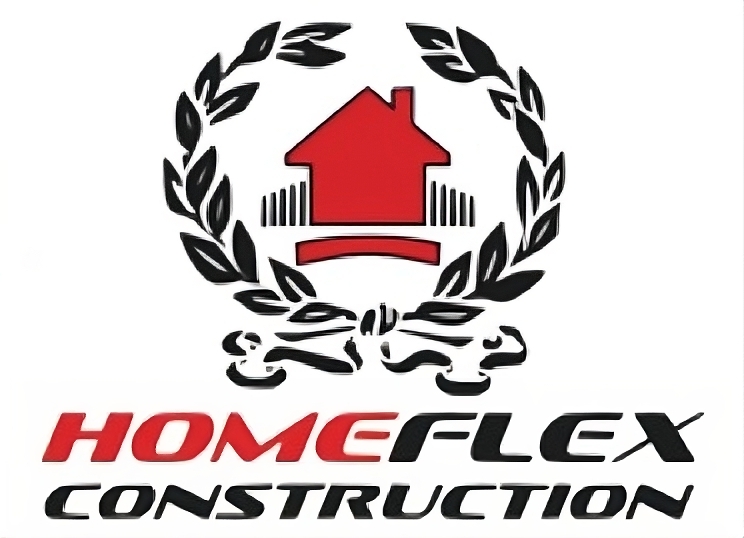In a city like New York, where space is tight, weather is unpredictable, and urban stressors are constant, homes need to be built to last. Masonry, long valued for its durability and style, is rising to meet modern demands with smart, resilient solutions that help future-proof properties against climate, wear, and evolving city infrastructure.
If you’re a homeowner looking to strengthen your building while enhancing its value and efficiency, these masonry upgrades can help you stay one step ahead.
Why Resilient Masonry Matters More Than Ever
From heat waves to hurricanes, New York homes face serious environmental challenges. As city codes evolve and homeowners seek sustainable, long-term solutions, masonry offers a proven path forward. Today’s techniques go beyond bricks and blocks, blending innovation, eco-conscious materials, and time-tested craftsmanship.
1. Reinforced Masonry for Storm Resistance
As climate change increases the frequency and severity of storms in NYC, reinforced masonry offers critical protection. Walls built with steel rebar and high-strength grout stand up to heavy winds, flying debris, and even floodwaters. This kind of structural support is handy for homes located near the waterfront or in neighborhoods prone to nor’easters. The added resilience helps reduce long-term damage and ensures your home remains secure during unpredictable weather events.
2. Insulated Masonry Units (IMUs)
Insulated masonry units combine the best of both worlds, solid thermal mass and efficient insulation. These specially engineered concrete blocks or bricks reduce energy loss by trapping heat in winter and blocking it in summer. They are perfect for NYC’s four-season climate and help homeowners meet tough local energy codes. Beyond saving energy, they also increase indoor comfort and contribute to lower utility bills over time.
3. Vapor-Permeable Sealants
Trapping moisture in masonry can spell trouble, leading to interior damage and structural decay. Vapor-permeable sealants solve that problem by allowing trapped moisture to escape while still repelling rainwater. These advanced coatings let your masonry breathe, reducing the risk of mold growth and interior humidity damage. This breathable barrier is essential for older homes being updated for modern performance.
4. Elevated Masonry Foundations
Rising sea levels and heavy rainfall make flooding a constant concern in parts of Brooklyn, Queens, and Staten Island. Elevating masonry foundations adds a layer of defense against floodwaters. Using water-resistant concrete, along with smart grading and reliable drainage systems, prevents water from entering basements or ground floors. This upgrade protects your investment and may help lower flood insurance premiums too.
5. Heat-Reflective Masonry Coatings
New York’s summer heat can be relentless, especially in urban areas where asphalt and concrete trap warmth. Reflective masonry coatings help bounce sunlight away from your building’s exterior, reducing indoor heat gain and keeping rooms cooler naturally. This not only improves comfort but also reduces the load on air conditioners, saving on energy costs and easing strain on the city’s power grid.
6. Self-Healing Mortar Technologies
Micro-cracks in mortar joints can quickly turn into major issues if left unaddressed. Self-healing mortars are a smart innovation that react with air and moisture to seal small cracks automatically. This technology reduces the need for constant repair, helps preserve structural integrity, and extends the life of both residential and commercial masonry structures. It’s ideal for high-stress urban environments where maintenance access may be limited.
7. Fire-Resistant Masonry Systems
Masonry is naturally non-combustible, making it one of the safest materials in fire-prone or densely populated areas. New fire-rated masonry systems pair traditional brick or stone with high-performance insulation and barriers, offering enhanced resistance to flames and extreme heat. These systems provide added time for safe evacuation during emergencies and help limit property damage in the event of a fire.
8. Permeable Masonry Surfaces for Drainage
Excessive rain and inadequate drainage lead to flooding, erosion, and property damage. Permeable masonry surfaces like paver patios, walkways, and driveways are designed to allow rainwater to pass through instead of collecting on top. These surfaces direct water back into the ground slowly, reducing pressure on the city’s storm drains and complying with NYC’s evolving zoning regulations focused on green infrastructure.
9. Resilient Cladding and Façade Anchoring
Strong façades are essential for both safety and style in New York buildings. Masonry cladding systems, when properly anchored, can withstand high winds, earthquakes, and the daily wear of city life. Advanced anchoring systems prevent cracks, collapses, and shifting, preserving both the look and safety of your home. These hidden reinforcements protect against damage while keeping your masonry looking polished for years.
10. Use of Local and Recycled Materials
Using locally sourced and recycled masonry materials is both sustainable and smart. Bricks, stones, and aggregates sourced from nearby reduce transportation emissions and support regional suppliers. Recycled content also diverts waste from landfills and often meets green building certifications. Choosing these materials helps future-proof your project from supply chain delays and environmental challenges, all while contributing to NYC’s eco-conscious urban development goals.
Conclusion
Future-proofing your NYC home means more than adding smart tech, it means investing in materials and methods built to handle the city’s toughest challenges. Resilient masonry offers beauty, strength, and long-term value, whether you’re renovating a brownstone, updating a walk-up, or planning new construction.
